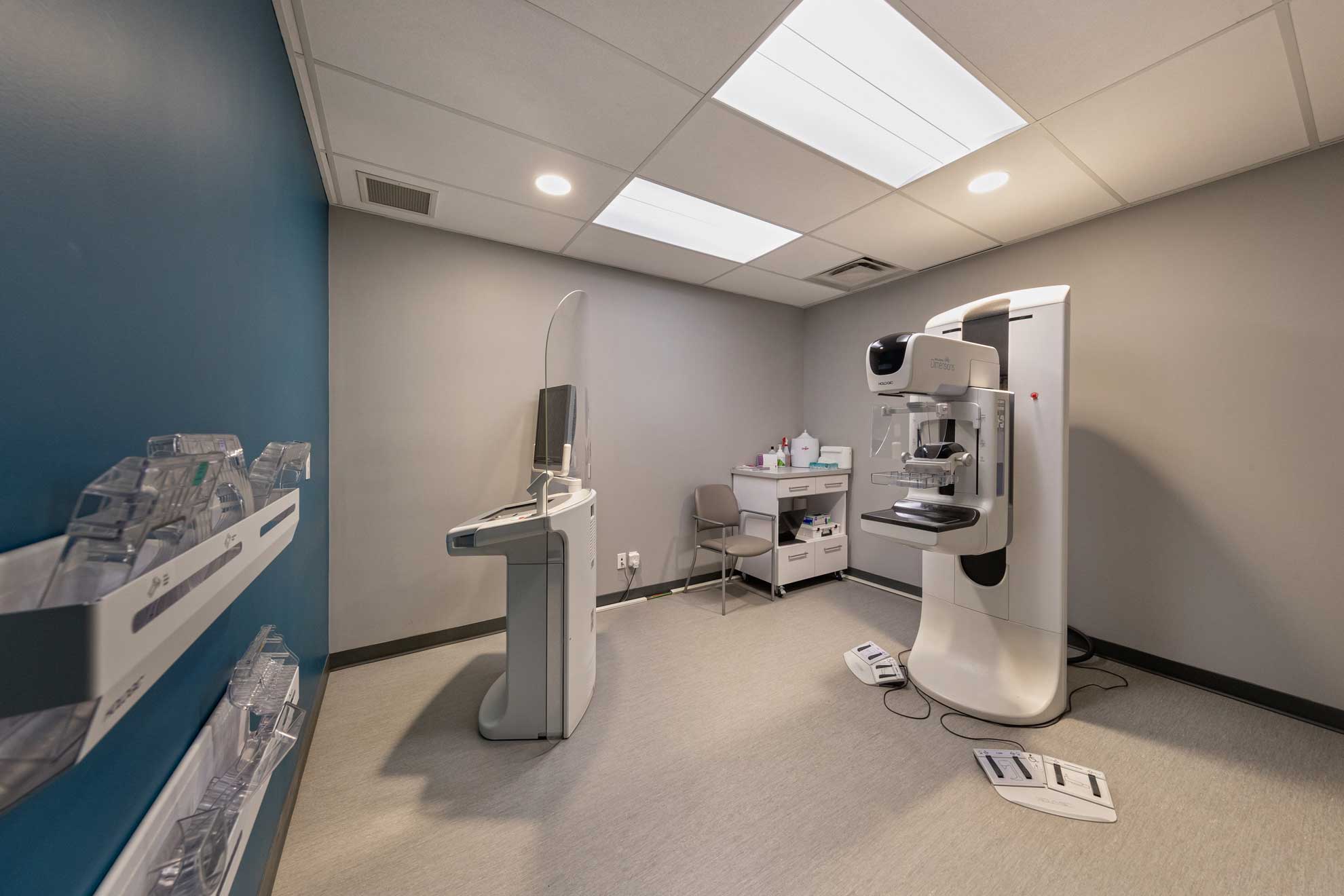All patients, regardless of gender identity or sexual orientation, should consider breast cancer screening if their practitioner recommends it.
Breast cancer poses a threat to anyone with fatty tissue on top of the chest muscle. This tissue is commonly referred to as breast tissue, but some patients may refer to it as chest tissue.
Our team evaluates this tissue using medical imaging to screen for abnormalities such as breast cancer, before patients may notice any symptoms.
Should I start screening for breast cancer?
With so much conflicting information, it’s easy to understand why patients may think they do not need to participate in a screening program. Contrary to popular belief, regular screening mammograms are still recommended even if:
- You have no family history of breast/chest cancer
- You’re a lesbian, bisexual, or queer woman
- You’ve had a hysterectomy
- You’re taking testosterone
- You’ve been through menopause
- You feel healthy and have no symptoms of breast/chest cancer
The Canadian Cancer Society and the Alberta Screening for Life program recommend that any patient aged 40-74 initiate conversations with their healthcare practitioner about the potential benefits of screening and why it may or may not be recommended for them.
There are many factors to consider, but for members of the 2SLGBTQI+ community, it can feel even more complicated. In addition to the more well-known breast cancer risk factors like sex and breast density, patients must also consider top surgery or their history taking gender affirming hormones like estrogen.
Gender Affirming Hormones
Patients who have taken gender affirming hormones (like estrogen) to increase the size of their breasts for more than five years in total should consider screening mammography. The five years do not have to be back-to-back.
Screening mammograms are not recommended for patients who have taken gender affirming hormones (like estrogen) for less than five years in total.
However, it is still important to have self-awareness around breast health and perform regular physical examinations to monitor breast development.
Top Surgery
Patients who haven’t had top surgery to remove breast tissue should consider screening mammography (even if they’ve had a hysterectomy or are taking testosterone).
Screening mammograms are not recommended for patients who’ve had top surgery to remove breast tissue. However, it is still important to have self-awareness and perform regular self-assessments, and if there are any concerns, speak with your healthcare practitioner.
To Summarize: When are screening mammograms recommended?
| Screening is Recommended | Screening is Not Recommended | |
| Gender Affirming Hormones (Like Estrogen) | You’ve taken gender affirming hormones for 5 or more years in total. | You’ve taken gender affirming hormones for less than 5 years. |
| Top Surgery | You have not had top surgery to remove breast tissue. | You have had top surgery to remove breast tissue. |
The Bottom Line
It’s your decision. Healthcare practitioners and imaging providers cannot force you to participate in a voluntary screening program.
However, we do know that for the general population, the benefits of screening for breast cancer outweigh the risks.
Therefore, any patient who falls within the recommended age guidelines should strongly consider discussing with their practitioner how their unique history and risk factors may impact the value of breast screening.
